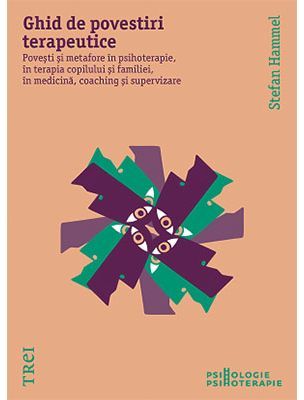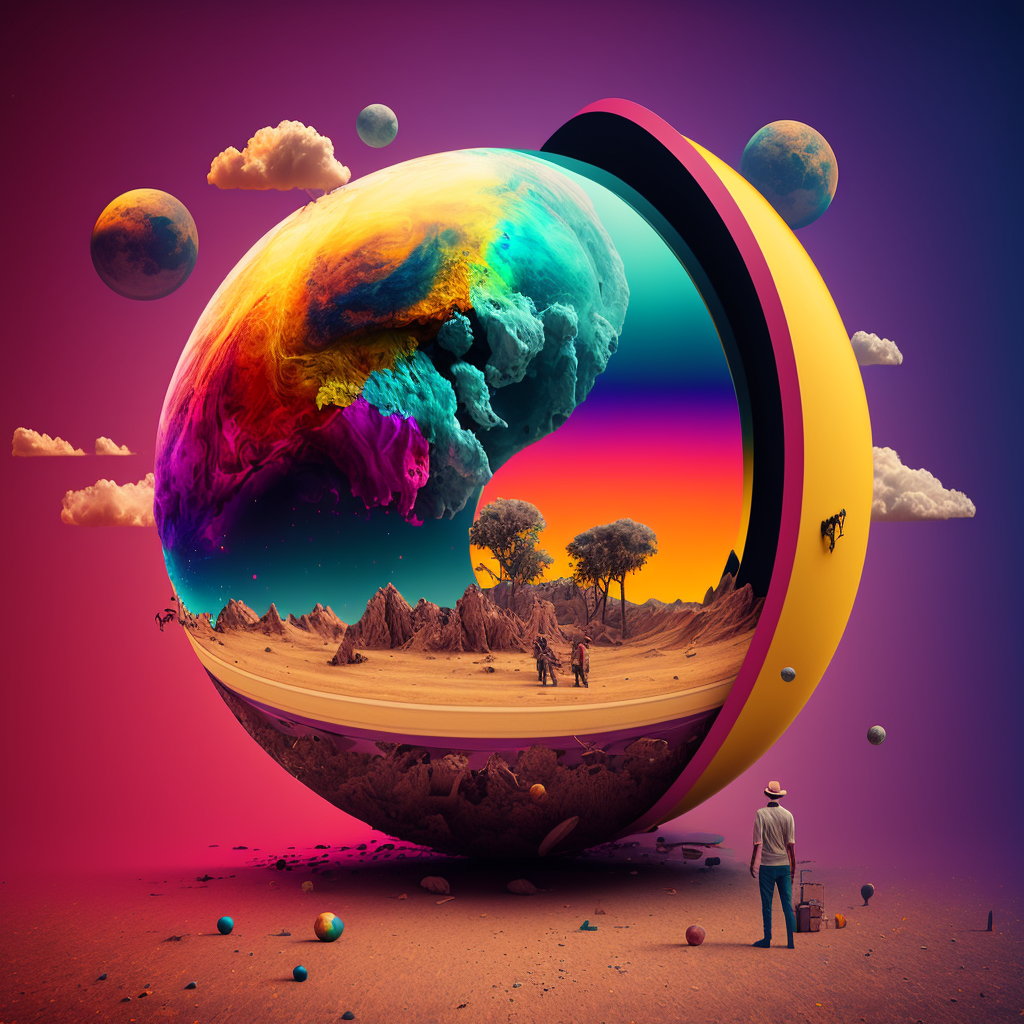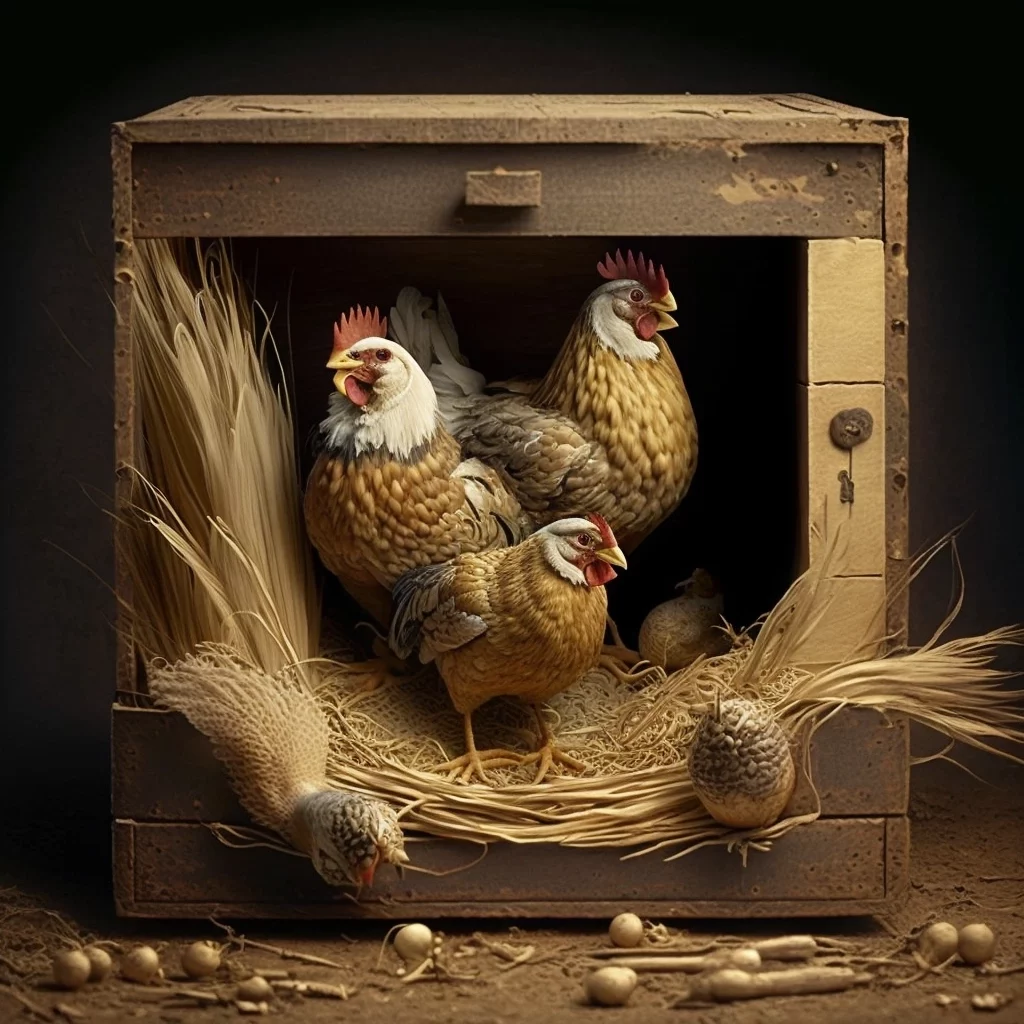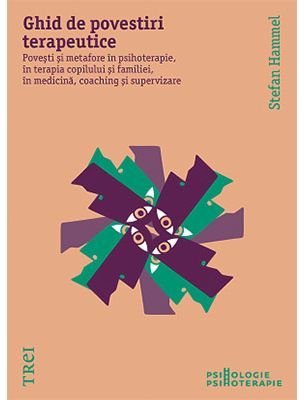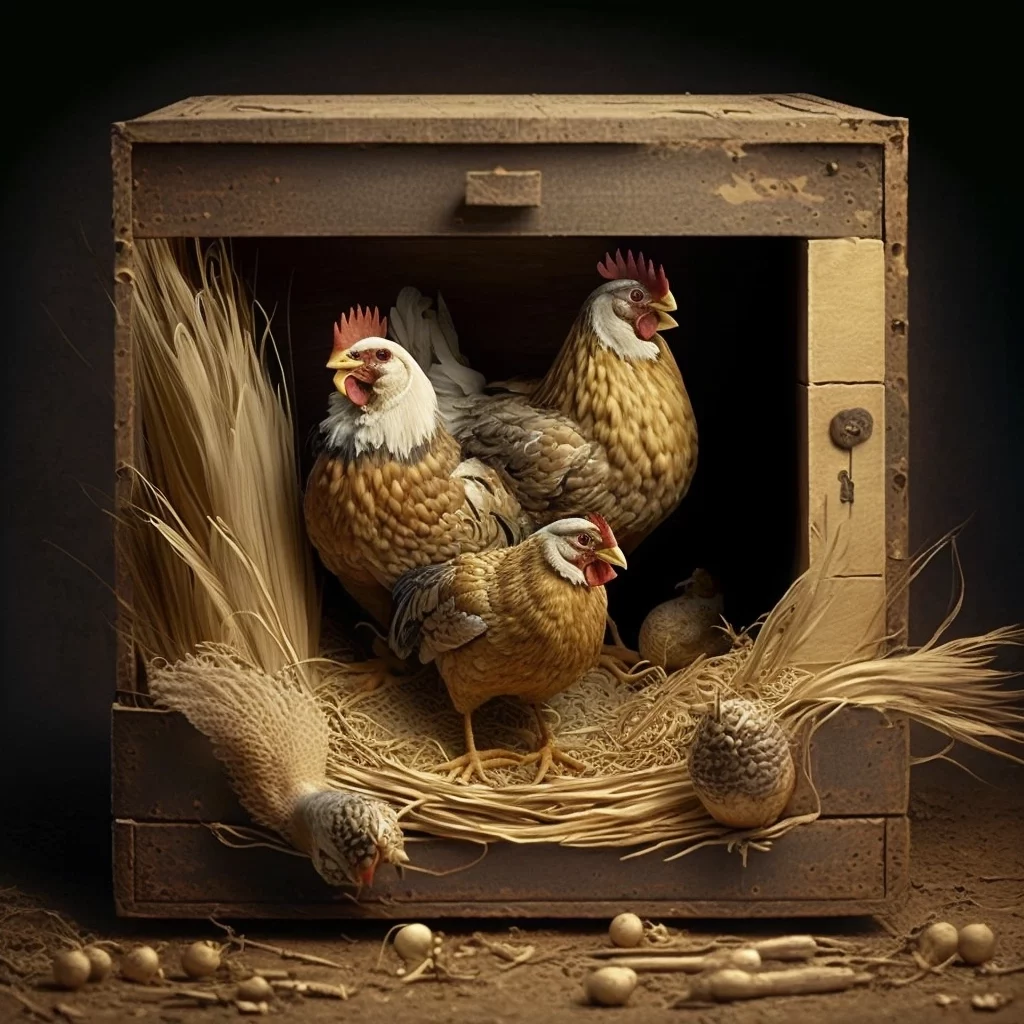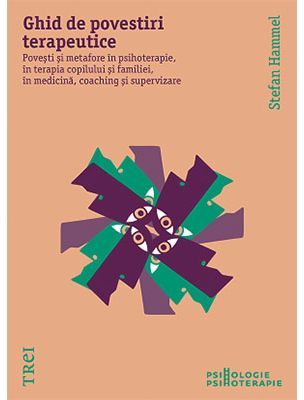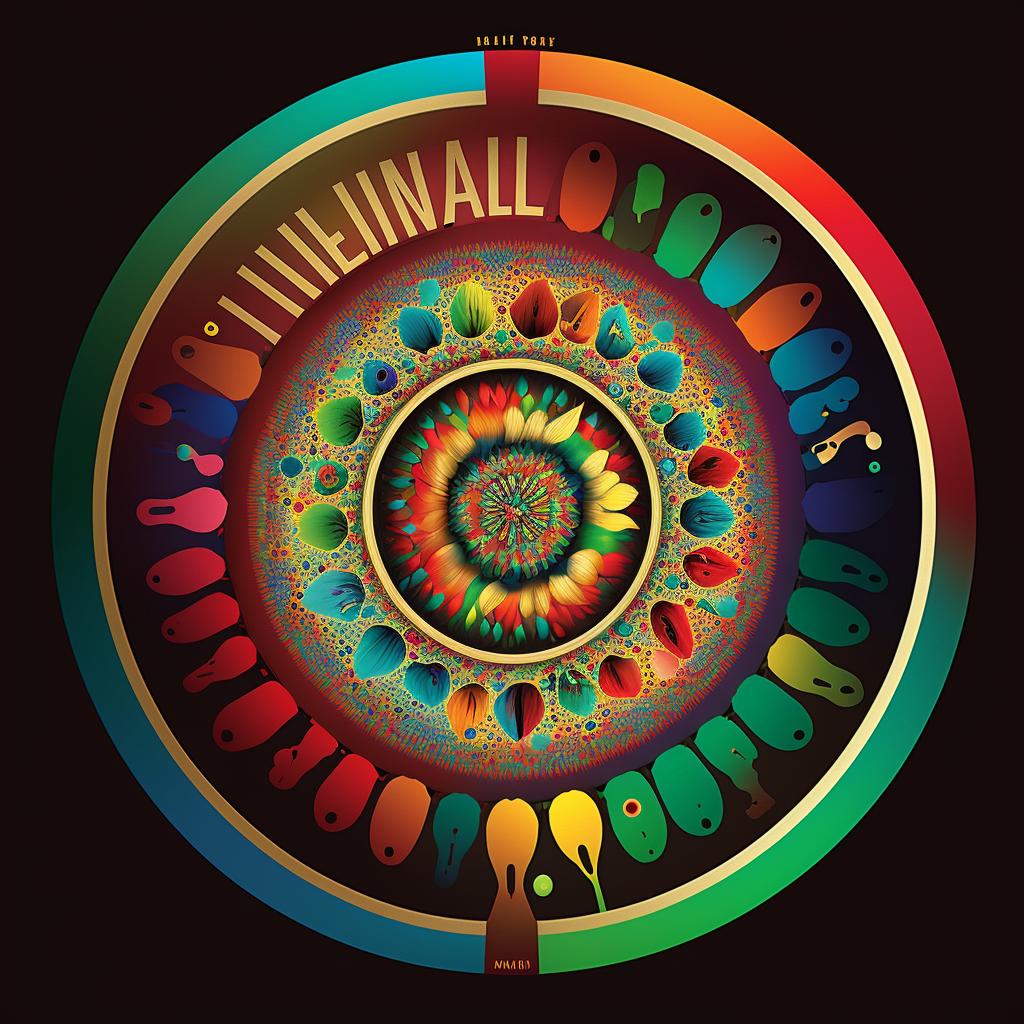Once I dreamt that the left arm of my glasses was crooked, and I wanted to fix it so that the glasses would fit again. I bent it backwards and forwards twice, and then it snapped off. I held it up to the glasses – it had broken off at the hinge, and could no longer be repaired. What should I do?
I put the glasses on in the hope that they might fit somehow, but they hung diagonally across my face. Everything looked distorted through the lenses, and holding them in place the whole time was extremely uncomfortable. Yet opticians are closed on Sundays. What is the best course of action in a situation like this? I thought for a while. Then I remembered – I’d undergone laser surgery over six months ago to correct my short-sightedness. Why on earth was I still wearing the stupid glasses? And I went about my day without them.
“Glasses” is the transcript of a dream. The aim of the story is to make it clear that we often waste time and energy on maintaining counterproductive ways of seeing and experiencing life. Solutions which involve changing the underlying foundations of our way of thinking may be too close for us to see them.
(From: Stefan Hammel: Handbook of Therapeutic Storytelling. Sories and Metaphors in Psychotherapy, Child and Family Therapy, Medical Treatment, Coaching and Supervision, Routledge 2019)


